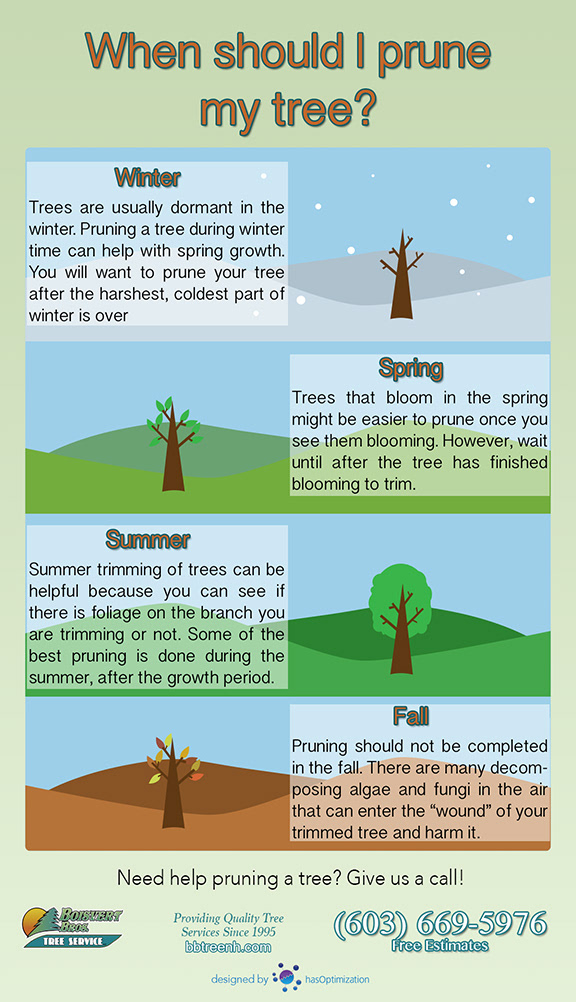Warning Signs For Tree Elimination: Just How To Detect Dangerous Trees
Warning Signs For Tree Elimination: Just How To Detect Dangerous Trees
Blog Article
Material Author-Velling Skovsgaard
When it comes to tree care, acknowledging the indications that it's time for removal is important for your safety and security and property. You may see tarnished leaves, wilting branches, or weird fungal developments suggesting illness. Structural problems, like a substantial lean or fractures in the trunk, can also pose dangers. Comprehending these warning signs can help you make educated decisions regarding your trees and avoid possible threats hiding in your lawn. What should you try to find next?
Signs of Decay and Condition
When you notice indications of decay and disease in your trees, it's important to act quickly. Seek stained leaves, wilting branches, or unusual growths like fungi. These can indicate that your tree is having a hard time.
If you see splits in the bark or soft, mushy timber, these symptoms recommend interior decay. In addition, an abrupt rise in pests around your tree can indicate that it's damaged and vulnerable.
Look for any kind of dead or passing away limbs, as they position a risk to your home and safety. If Suggested Reading regarding what you see, getting in touch with an arborist can provide quality.
Addressing these indicators early can save you from extra comprehensive damages and make sure the health and wellness of your backyard. Do not wait till it's far too late.
Structural Instability and Leaning
As you observe your trees, watch out for any kind of indications of architectural instability or leaning. If a tree leans substantially, it may show that the root system is endangered.
Look for any kind of cracks in the trunk or soil around the base; these can signal potential failing. Furthermore, check for uncommon growth patterns, like an uneven crown, which might recommend that the tree is struggling to hold itself upright.
If you observe that the tree favors your home, high-voltage line, or other structures, it postures a greater risk. Do not overlook these indicators-- consult an arborist to examine the circumstance.
Taking https://lukasdxroi.blogginaway.com/35943706/a-detailed-overview-to-tree-elimination-expenses-exposes-important-budgeting-ideas-for-your-landscape-design-needs-uncover-what-elements-can-affect-your-expenses can stop costly damages and ensure your safety.
Dead or Perishing Branches and Foliage
If you notice dead or passing away branches and vegetation on your tree, it's a clear indication that something's incorrect.
These unhealthy locations can indicate underlying issues like illness, parasite infestations, or ecological tension. When branches shed their fallen leaves or turn brown, they're no longer adding to the tree's health and wellness. Disregarding these indications could result in further decrease, making your tree much more dangerous.
Dead branches can easily break short during storms, posing a risk to property and people nearby. It's essential to analyze the extent of the damages.
If the trouble influences a considerable part of the tree, take into consideration consulting a professional. They can help identify if elimination is needed to guarantee safety and security and preserve the elegance of your landscape.
Final thought
If you notice any type of indicators of degeneration, architectural instability, or dead branches on your trees, don't disregard them. These indications can posture significant safety and security dangers to you and your residential or commercial property. It's constantly best to seek advice from an expert arborist that can give an expert assessment of your trees. Acting early can prevent accidents and pricey damages, ensuring your landscape remains secure and healthy. Bear in mind, it's better to be proactive concerning tree treatment than to await a catastrophe to happen.
